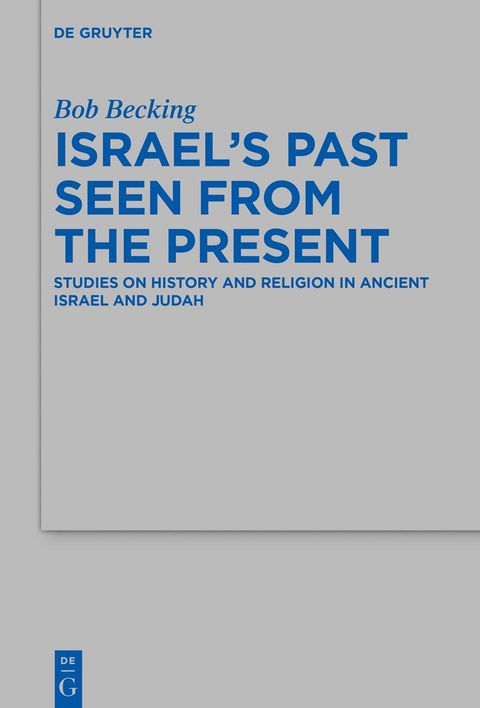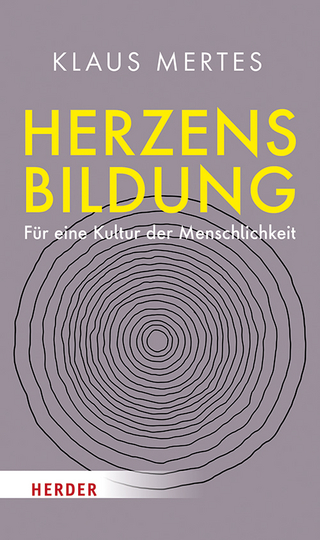Israel's Past
Studies on History and Religion in Ancient Israel and Judah
Seiten
2021
De Gruyter (Verlag)
978-3-11-071714-3 (ISBN)
De Gruyter (Verlag)
978-3-11-071714-3 (ISBN)
In der Reihe Beihefte zur Zeitschrift für die alttestamentliche Wissenschaft (BZAW) erscheinen Arbeiten zu sämtlichen Gebieten der alttestamentlichen Wissenschaft. Im Zentrum steht die Hebräische Bibel, ihr Vor- und Nachleben im antiken Judentum sowie ihre vielfache Verzweigung in die benachbarten Kulturen der altorientalischen und hellenistisch-römischen Welt.
How should one write a history of Ancient Israel? In the last few decades, a lively discussion has taken place on the historiography of ancient Israel. Minimalists such as Philip Davies, Thomas Thompson, and Niels Peter Lemche challenged the usefulness of the Hebrew Bible as a source for constructing Israel's past. Maximalists like Baruch Halpern and William Dever argued instead that the data from the Hebrew Bible should be trusted until otherwise proven. Others – among whom we can name Hans Barstad, Rainer Albertz, and Lester Grabbe – took a third road. The essays in this volume follow that third road by applying insights from the field of philosophy of history. A dozen case studies from David to the earliest Samaritans demonstrate how difficult it is to write a history of ancient Israel without falling in the abyss of an ideology in one direction or another. The matrix designed by Manfred Weippert to look at the past through five windows (landscape, climate, archaeology, epigraphy and only at the end the Hebrew Bible) turned out to be more helpful. The conclusion of this research is that there are some stable pillars in the swamp of the past, but it comes with the warning that the space between these pillars is large and cannot easily be filled.
How should one write a history of Ancient Israel? In the last few decades, a lively discussion has taken place on the historiography of ancient Israel. Minimalists such as Philip Davies, Thomas Thompson, and Niels Peter Lemche challenged the usefulness of the Hebrew Bible as a source for constructing Israel's past. Maximalists like Baruch Halpern and William Dever argued instead that the data from the Hebrew Bible should be trusted until otherwise proven. Others – among whom we can name Hans Barstad, Rainer Albertz, and Lester Grabbe – took a third road. The essays in this volume follow that third road by applying insights from the field of philosophy of history. A dozen case studies from David to the earliest Samaritans demonstrate how difficult it is to write a history of ancient Israel without falling in the abyss of an ideology in one direction or another. The matrix designed by Manfred Weippert to look at the past through five windows (landscape, climate, archaeology, epigraphy and only at the end the Hebrew Bible) turned out to be more helpful. The conclusion of this research is that there are some stable pillars in the swamp of the past, but it comes with the warning that the space between these pillars is large and cannot easily be filled.
lt;strong>Bob Becking, Universität Utrecht, Niederlande.
| Erscheinungsdatum | 23.09.2021 |
|---|---|
| Reihe/Serie | Beihefte zur Zeitschrift für die alttestamentliche Wissenschaft ; 535 |
| Zusatzinfo | 4 b/w ill., 19 b/w tbl. |
| Verlagsort | Berlin/Boston |
| Sprache | englisch |
| Maße | 155 x 230 mm |
| Gewicht | 525 g |
| Themenwelt | Geisteswissenschaften ► Religion / Theologie ► Christentum |
| Geisteswissenschaften ► Religion / Theologie ► Weitere Religionen | |
| Schlagworte | Antiquity • David • Historiography • Sennacherib |
| ISBN-10 | 3-11-071714-X / 311071714X |
| ISBN-13 | 978-3-11-071714-3 / 9783110717143 |
| Zustand | Neuware |
| Haben Sie eine Frage zum Produkt? |
Mehr entdecken
aus dem Bereich
aus dem Bereich




